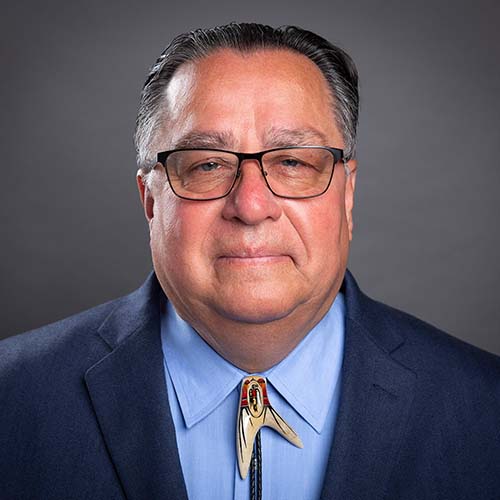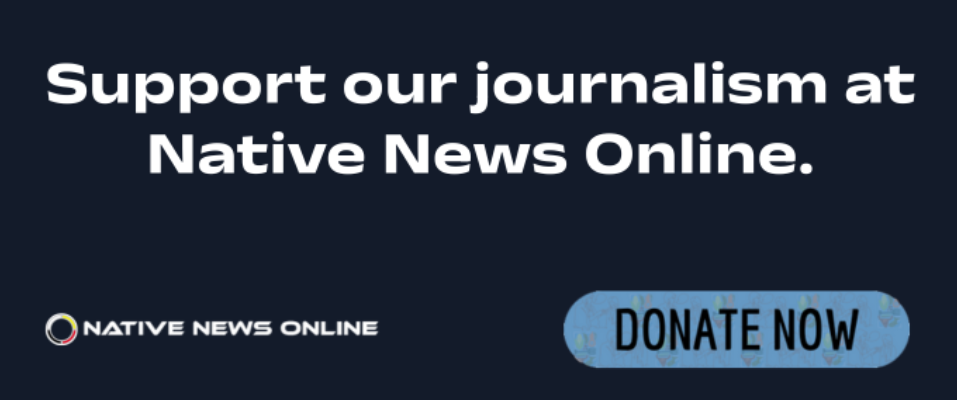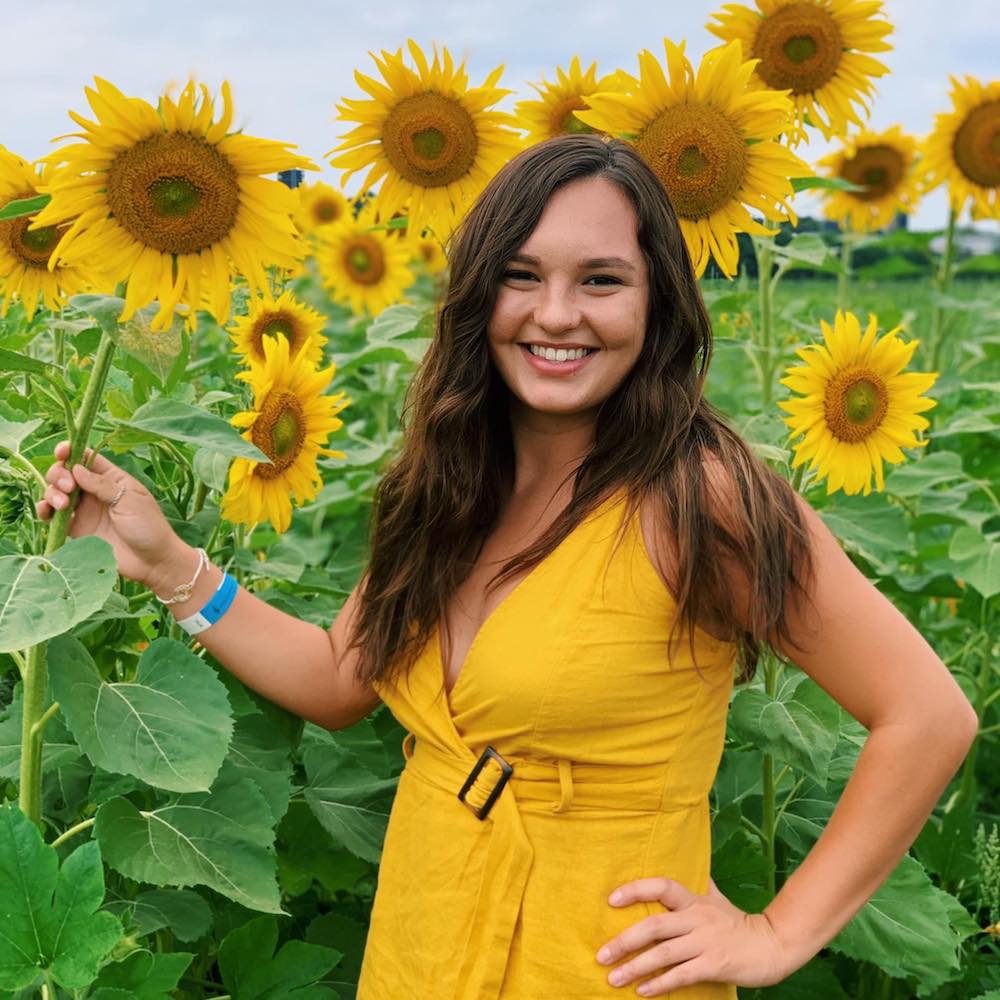
- Details
- By Kaili Berg
Applications for a $650 stipend for Native American farmers are being accepted now until Nov. 6. The grants are hosted by the American Indian Business Enterprise (AIBE) Center at New Mexico State University and is part of the Native Farmer and Rancher Project 2025.
Now zoom out a little bit, because this grant application is part of a larger effort that seeks to ensure Native ranchers and farmers across the country are in line for greater access to financial opportunities after generations of systemic injustice.
In August, the Native American Agricultural Fund (NAAF) awarded $10 million to the AIBE Center at New Mexico State and other groups for projects across Indian Country in agriculture, education and tribal food systems. Since 2018, the fund has distributed more than $86 million for programs.
Among the 2025 recipients is Pohaha I Ka Lani in Hawai’i, which is restoring Indigenous agroecological systems in Waipi’o Valley to strengthen climate resilience and promote traditional land stewardship.
Another recipient, Tó Nizhóní Ání on the Navajo Nation, is advancing food sovereignty and watershed restoration through community education, farmland revitalization, and sustainable agriculture training.
“This investment carries forward the work of Keepseagle claimants and the producers who dedicate their lives to this calling, enduring the challenging days because of their love for the work and recognition of the importance of cultural and economic prosperity through agriculture,” said NAAF Board of Trustees Chair Stacy Leeds.
Through the program at New Mexico State, AIBE will provide hands-on education, financial assistance, and access to resources to help Native producers grow sustainable businesses.
Fifteen Native farmers will be selected for the 2025 program, which begins on November 20. Each participant will receive a $650 stipend and funding for essential farming supplies such as tools, irrigation, packaging, and digital scales.
The program also covers certification fees for the Produce Safety Alliance (PSA) training, a requirement for entering institutional markets. Participants will receive guidance in applying to the NM Grown Program to become approved vendors as well.
Throughout the year, participants will take part in workshops covering bookkeeping, financial management, and preparing for tax season.
Backyard Farms LLC will provide technical support through group sessions and one-on-one consulting on topics like freeze-drying, food manufacturing, and regulatory compliance.
The program also helps producers transform their harvests into compliant, market-ready products at the Backyard Farms facility, with access to a commercial kitchen and other production resources.
Interested applicants should complete the application to the best of their knowledge before the November 6, 2025 deadline. Because space is limited to 15 participants, early applications are strongly encouraged.
More Stories Like This
Native News Weekly (August 25, 2024): D.C. BriefsUS Presidents in Their Own Words Concerning American Indians
Native News Weekly (December 14, 2025): D.C. Briefs
Wounded Knee Massacre Site Protection Bill Passes Congress
Two Murdered on Colville Indian Reservation
Help us defend tribal sovereignty.
At Native News Online, our mission is rooted in telling the stories that strengthen sovereignty and uplift Indigenous voices — not just at year’s end, but every single day.
Because of your generosity last year, we were able to keep our reporters on the ground in tribal communities, at national gatherings and in the halls of Congress — covering the issues that matter most to Indian Country: sovereignty, culture, education, health and economic opportunity.
That support sustained us through a tough year in 2025. Now, as we look to the year ahead, we need your help right now to ensure warrior journalism remains strong — reporting that defends tribal sovereignty, amplifies Native truth, and holds power accountable.
 The stakes couldn't be higher. Your support keeps Native voices heard, Native stories told and Native sovereignty defended.
The stakes couldn't be higher. Your support keeps Native voices heard, Native stories told and Native sovereignty defended.
Stand with Warrior Journalism today.
Levi Rickert (Potawatomi), Editor & Publisher


